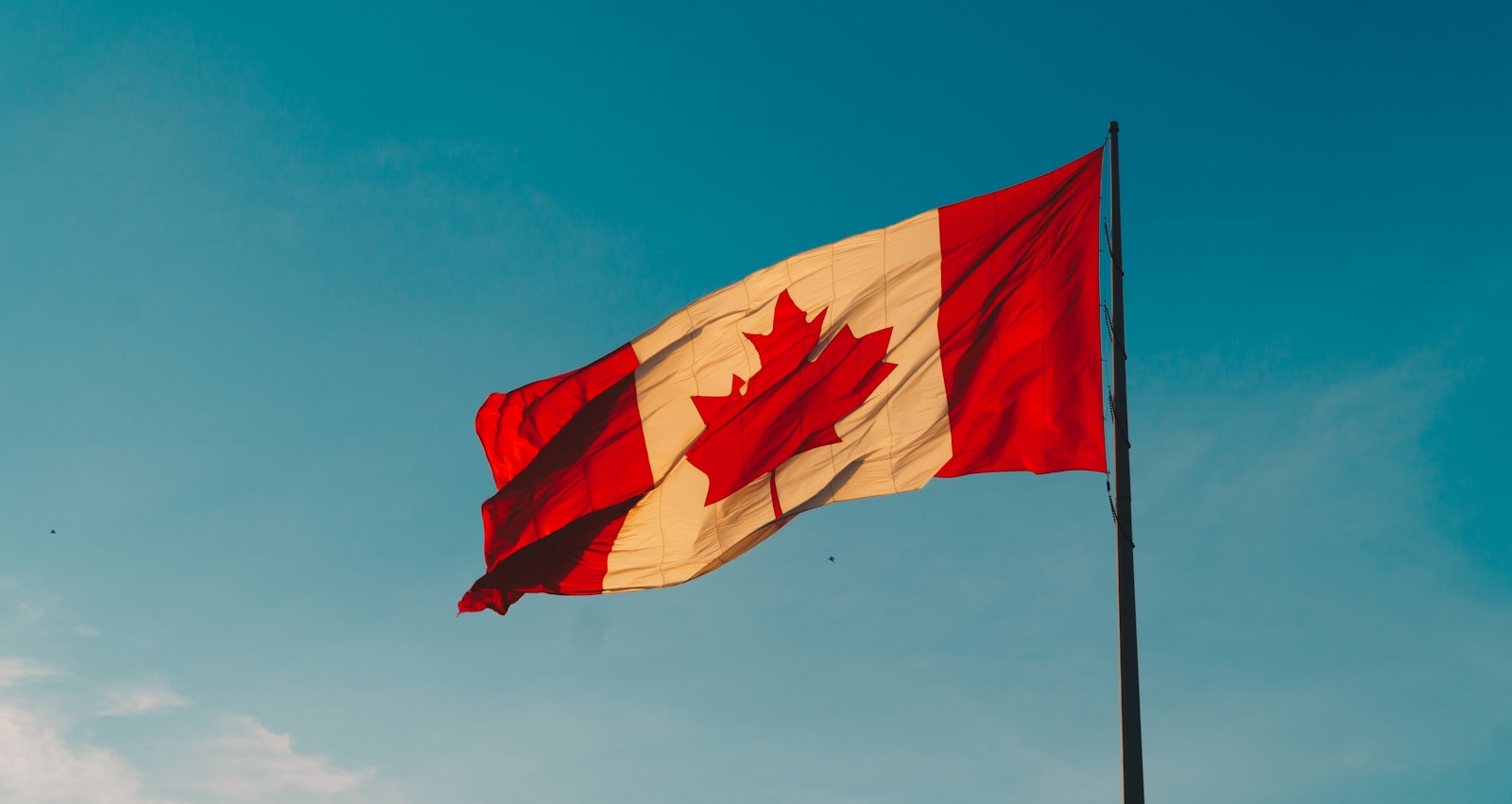Key Takeaways
– Trump’s new tariffs push costs higher for US businesses and shoppers.
– Leading economists warn these policies risk a recession.
– Canada faces steep levies on steel, autos, and medicines.
– Canada plans new trade ties with Europe and the Pacific rim.
– Canadian firms boost local production to reduce US reliance.
Introduction
President Trump rolled out his latest mood-based tariffs just before midnight. He boasted about “billions of dollars” flowing into US coffers. Yet he left out a key fact. American companies must pay those costs. Soon consumers will see higher prices on store shelves. Meanwhile, economists and CEOs across the country speak out. They warn of serious damage to the US economy. Even allies at the International Monetary Fund and the OECD have cut global growth forecasts. In this article, we explore what lies ahead for both countries.
Trump’s Tariff Surge
On Thursday, Trump activated new import duties on dozens of products. He claimed these moves protect American workers. Yet he ignored business leaders who say the duties backfire. Instead of boosting factories, tariffs drove job cuts in several states. Some industries saw orders drop overnight. Trade experts note that tariffs act as taxes on domestic firms. They raise costs and erode profit margins. Thus, they rarely lead to major job gains.
Economists Sound the Alarm
Most economists reject Trump’s approach as misguided. In April, over thirty top experts signed a letter warning of big risks. Two Nobel laureates joined the plea. They said the tariffs lack economic grounding. They fear a self-inflicted recession if these policies persist. John Silvia and Brad Jensen modelled the effects. They predict slower growth, fewer jobs, and falling real wages. They expect the impact to build gradually. In other words, the country may face a slow economic bleed rather than a sudden crash.
Canadian Industries Under Fire
Canada relied on the US as its largest export market. US tariffs now hit steel and aluminum at fifty percent. Auto parts and pharmaceuticals face thirty-five percent duties. These costs hurt factories in Ontario and Quebec. General Motors Canada announced layoffs already. Pharmaceutical firms warn of price hikes on medicines worth three billion dollars in annual US sales. As costs rise, Canadian producers worry they will lose market share to rivals.
Canada’s Strategic Response
Canada’s leader in Ontario, Doug Ford, calls for strong countermeasures. He wants to strike back hard at US goods. However, Canada’s Prime Minister and former central banker Mark Carney takes a different path. Carney labels Trump’s strategy as charging for access to the US market. He opts to diversify Canada’s trade ties instead of a quick tit-for-tat. Consequently, he shifts efforts toward Europe and the Pacific rim. He also funnels billions into homegrown manufacturing jobs. These steps aim to reduce reliance on the US market over time.
Rising Canadian Nationalism
Surveys show one in four Canadians now sees the US as an enemy. Seventy-six percent view Trump unfavorably and call him dangerous. Anti-American rhetoric spreads across social media. Calls grow louder for Canada to assert its own path. Provinces reject certain US products. Citizens embrace Canadian brands with pride. As national identity strengthens, consumers choose local goods first.
Canada Builds New Partnerships
Instead of rushing into retaliation, Carney studies market details first. He plans industry-specific tariffs that hit hardest in the US and least in Canada. Meanwhile, Canadian trade officials negotiate new deals. They eye key markets in Europe under the CETA agreement. They fast track talks with Pacific rim nations. Ultimately, Canada aims to join more open trade blocs. This pivot could unlock billions in new exports within the next few years.
Consumers and Boycotts
Many Canadians took trade matters into their own hands. They formed social media groups to ban US imports. Beer, wine, and spirits from the US started disappearing from store shelves. The CEO of one major distillery called the boycott worse than tariffs. Fast food chains like McDonald’s and Burger King saw lines thin. Coffee shops such as Starbucks and Dunkin’ Donuts reported falling sales. Instead, Canadians buy local milk, cheese, and bread. They pick homegrown condiments and snacks over US brands. Even travel agents note fewer bookings to the US. One report found a thirty-three percent drop in visits by Canadian tourists last June.
The Long Game
Carney rejects the idea of instant retaliation. He argues that smart policies need time and data. He pledges to act after studying each sector’s facts. Consequently, Canada hopes to craft measures that protect workers and consumers. This measured approach contrasts with Trump’s unpredictable moves. As Canada builds new trade links, US firms face stiffer competition abroad. Some American manufacturers may lose footholds in foreign markets.
A Mature Contrast
This tariff war highlights two opposing styles. Trump relies on sudden shocks and boasts. Carney pursues steady, calculated change. Trump threatens daily with fresh duties. Carney waits for the right moment to adjust based on facts. Trump frames tariffs as a tool to force others to bend. Carney uses them sparingly to defend Canadian jobs and firms. The gap in their methods may reshape North American trade for years.
Conclusion
Trump’s latest tariff push fuels economic unease in both countries. US companies and consumers brace for added costs. Economists fear a drawn-out slowdown or worse. Canada, in turn, pivots away from its long-time partner. It strengthens trade ties elsewhere. It boosts domestic industry to stand on its own feet. In this clash of visions, Canada bets on planning and partnerships. The US, however, rides the ups and downs of its leader’s whims. As the battle continues, businesses and families will feel the impact. Yet Canada hopes its measured response will pay dividends in the end.

